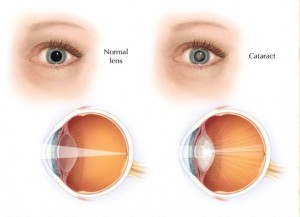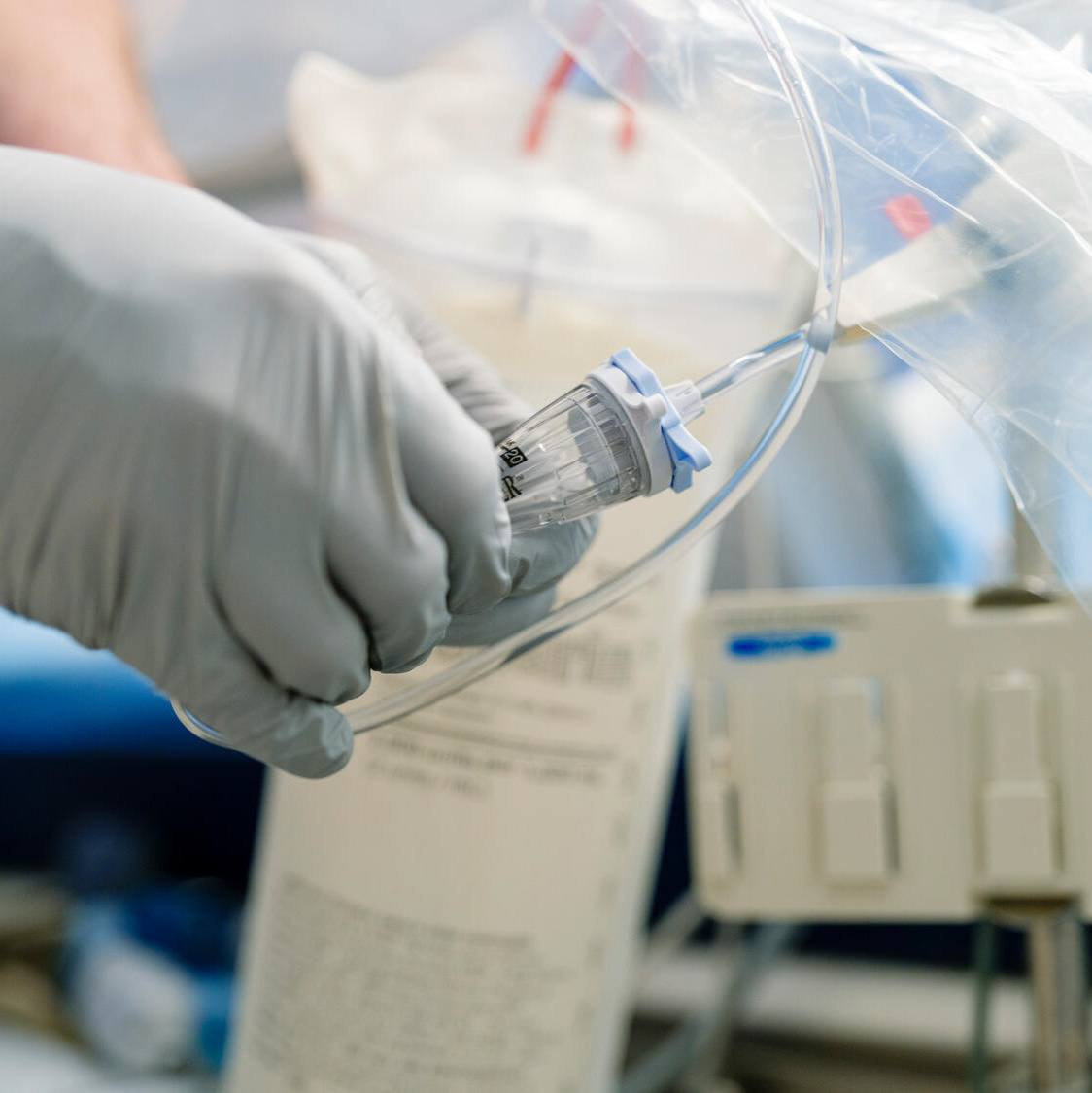-

Mayo Clinic Health Letter: Highlights from the May 2014 Issue
ROCHESTER, Minn. — Here are highlights from the May issue of Mayo Clinic Health Letter. You may cite this publication as often as you wish. Reprinting is allowed for a fee. Mayo Clinic Health Letter attribution is required. Include the following subscription information as your editorial policies permit: Visit http://www.healthletter.mayoclinic.com/ or call toll-free for subscription information, 1-800-333-9037, extension 9771. Full newsletter text: MCHL_May2014 (for journalists only).
Choosing the right time for cataract surgery
Some degree of vision clouding caused by cataracts occurs in most people as they age. But according to the May issue of Mayo Clinic Health Letter, there’s no need to rush scheduling the surgery to remove the cataracts. The right time for surgery should be determined by weighing expected improvements in vision against the very slight risk of a less than ideal outcome.
There are several types of age-related cataracts with subtle differences. Except in rare instances, cataracts develop painlessly and gradually, leading to vision changes that include:
- Increasingly blurred or dim vision
- Increasing difficulty with night vision
- Sensitivity to bright light and glare
- Seeing halos around lights
- Double vision in one eye
In the early stages of the disease, adjustments such as different eyeglasses, brighter lighting and wearing sunglasses to reduce glare may compensate for vision changes. When cataracts interfere with daily tasks, surgery should be considered.
Cataract surgery is the most common surgical procedure performed in the United States for adults older than 65. The surgeon removes the clouded portion of the eye’s lens and implants an artificial (intraocular) lens in its place. Surgery usually is an outpatient procedure lasting less than an hour. Typically, it’s done on one eye at a time. The procedure usually involves minimal anesthesia, tiny incisions and quick recovery. Complications, such as infection, bleeding, inflammation and swelling, are relatively rare.
In otherwise healthy eyes, cataract removal results in improved vision 95 percent of the time.
Oxytocin — the social hormone — is still experimental treatment
The hormone oxytocin (ok-see-TOE-sin) has been dubbed the “love” or “trust” hormone because it’s believed to facilitate bonding, trust and attachment. But the role and function of oxytocin isn’t straightforward. The May issue of Mayo Clinic Health Letter reviews what’s known about this social hormone.
Oxytocin is part of a suite of brain chemicals that coordinate social function. For example, oxytocin facilitates bonding between males and females, and mothers and offspring. It helps with interpretation of social cues, allowing people to quickly assess facial expressions, making friend- or foe-type judgments. It also plays a role in the ways people respond to stress by promoting a calming, anti-anxiety effect.
The amount of oxytocin in the body is only part of its potential to have an effect. Many other factors are involved, too. Oxytocin must attach to receptors throughout the body; receptor density and location appear to vary from person to person. Genetic makeup may influence the scope of oxytocin receptors in the body.
Context even appears to be important when considering the effects of oxytocin. In one review of research, some studies showed oxytocin to have a pro-social effect and other studies showed no pro-social effect. About 21 percent of the studies showed oxytocin to have an antisocial effect. Researchers don’t fully understand these results, but it’s possible that oxytocin’s ability to increase attention to social cues may be beneficial in more familiar situations. It may have a less-social effect in a setting of competition, unfamiliarity or uncertainty.
With so many unknowns, it’s too soon to consider using oxytocin for anything but experimental therapies. Recent research using a nasal spray that delivered oxytocin to the brain indicated that oxytocin might benefit patients with conditions such as post-traumatic stress disorder, a certain type of dementia, and a borderline personality in which people are extra sensitive to perceived social threats. Theoretical uses of oxytocin include treating depression, anxiety disorders, psychiatric disorders and irritable bowel syndrome.
Researchers have seen that positive social interaction appears to stimulate the oxytocin system. That interaction can vary from hugs and support from loved ones to eye contact with beloved dogs. Researchers speculate that this effect accounts in part for why healthy social relationships are important contributors to overall health and well-being.
Assessing stroke risk and the need for anticoagulants
Doctors often recommend anticoagulant medications for patients with atrial fibrillation, an irregular heartbeat that increases the risk of stroke. Stroke is the leading cause of death, killing more than 130,000 people in the United States annually.
The May issue of Mayo Clinic Health Letter provides background on the assessment tools used to help determine if anticoagulants are needed.
One tool is called CHADS2, a scoring system that weighs these stroke risk factors: congestive heart failure, high blood pressure, age, diabetes, and previous stroke or ischemic attack. Some experts recommend a modified version of this tool, called CHA2DS2-VASc, which factors in vascular disease, younger ages and a sex category. Women are at higher risk of stroke.
For both assessments, the more risk factors present, the higher the score and the higher the risk of stroke. With the CHA2DS2-VASc assessment tool, more patients fall into the high-risk category where anticoagulation therapy would be recommended.
Anticoagulants, warfarin and some newer medications can reduce the risk of stroke by more than 60 percent. They prevent blood clots from forming in the heart. But, warfarin may not be prescribed for several reasons, including increased risk of bleeding, interactions with diet and other medications, and the necessity of frequent blood tests and monitoring. Other newer anticoagulants may reduce the need for close monitoring. They carry a similar risk of bleeding and often a higher cost.
As with any medication, the doctor will weigh the risks and benefits before recommending a course of treatment. Important lifestyle changes can help reduce the risk of stroke, too.
###
Mayo Clinic Health Letter is an eight-page monthly newsletter of reliable, accurate and practical information on today’s health and medical news. To subscribe, please call 1-800-333-9037 (toll-free), extension 9771, or visit http://healthletter.mayoclinic.com/.
About Mayo Clinic
Recognizing 150 years of serving humanity in 2014, Mayo Clinic is a nonprofit worldwide leader in medical care, research and education for people from all walks of life. For more information, visit 150years.mayoclinic.org, mayoclinic.org and newsnetwork.mayoclinic.org.
MEDIA CONTACT:
Brian Kilen, Mayo Clinic Public Affairs, 507-284-5005, Email: newsbureau@mayo.edu







